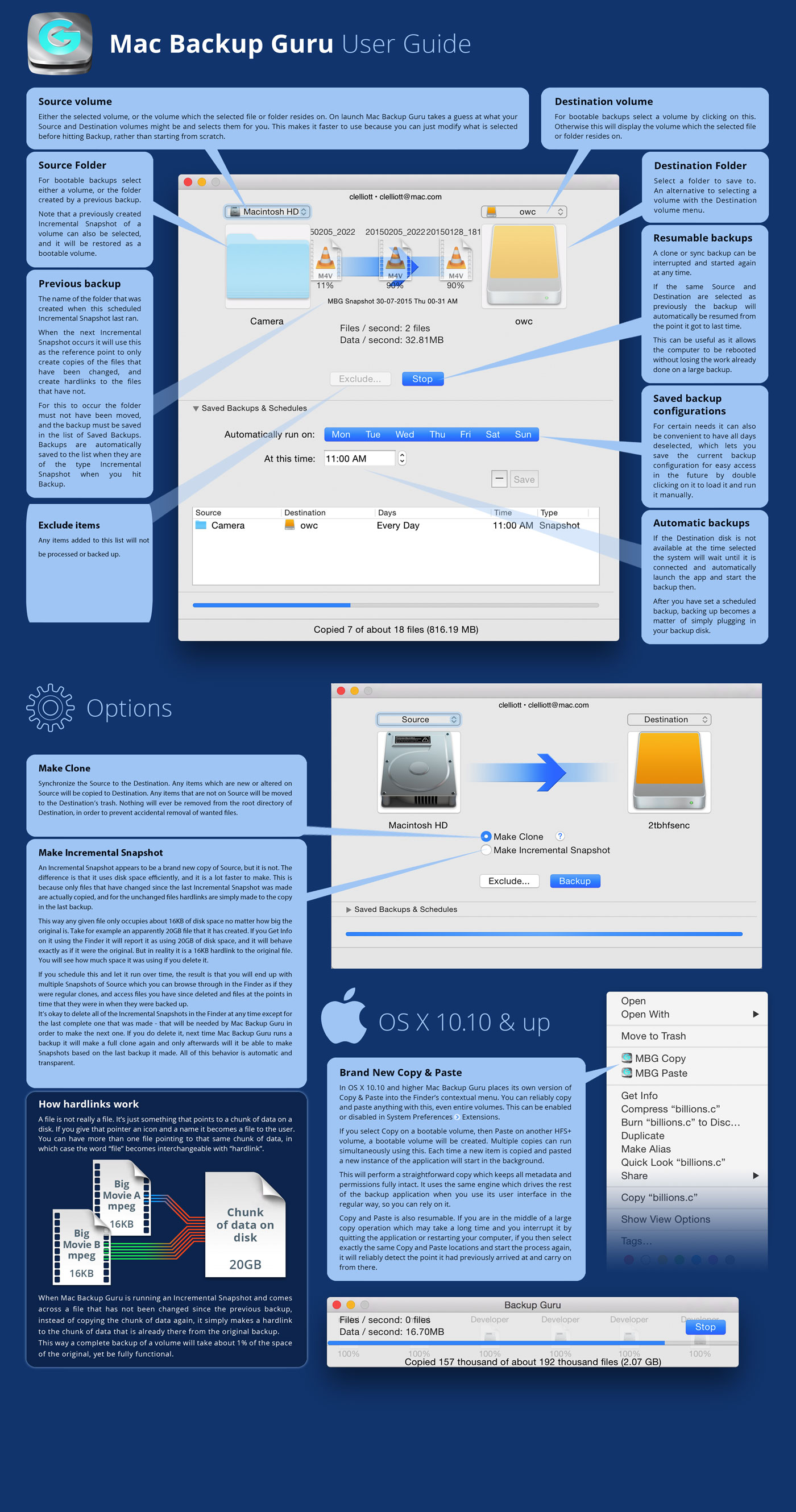
- HOW TO DOWNLOAD MAC OS MOJAVE USING ITUNES INSTALL
- HOW TO DOWNLOAD MAC OS MOJAVE USING ITUNES PRO
- HOW TO DOWNLOAD MAC OS MOJAVE USING ITUNES PASSWORD
Speed Test MacOS Sierra vs Catalina, and other Operating SystemsĬlearly, macOS Catalina beefs in the functionality and protection base on your Mac pc. HOW TO DOWNLOAD MAC OS MOJAVE USING ITUNES PRO
macOS Mojave vs Catalina | Mac Pro (Late 2013).macOS MOJAVE vs macOS CATALINA | WHICH IS FASTER AND WAY BETTER? |InfoVlog|.
HOW TO DOWNLOAD MAC OS MOJAVE USING ITUNES INSTALL
Can I nevertheless install Mojave upon my Mac?.  Exactly why is my macOS Mojave damaged?. Does Apple company still support Este Capitan?. How do I know if the Mac is up-to-date?. Can I up-date my Mac through High Sierra in order to Big Sur?. Can you trip high Sierra through Big Sur?. You can now quit Terminal and eject the volume. When Terminal says that it's done, the volume will have the same name as the installer you downloaded, such as Install macOS Monterey. After the volume is erased, you may see an alert that Terminal would like to access files on a removable volume.
Exactly why is my macOS Mojave damaged?. Does Apple company still support Este Capitan?. How do I know if the Mac is up-to-date?. Can I up-date my Mac through High Sierra in order to Big Sur?. Can you trip high Sierra through Big Sur?. You can now quit Terminal and eject the volume. When Terminal says that it's done, the volume will have the same name as the installer you downloaded, such as Install macOS Monterey. After the volume is erased, you may see an alert that Terminal would like to access files on a removable volume. 
Terminal shows the progress as the volume is erased.
When prompted, type Y to confirm that you want to erase the volume, then press Return. Terminal doesn't show any characters as you type your password. HOW TO DOWNLOAD MAC OS MOJAVE USING ITUNES PASSWORD
When prompted, type your administrator password and press Return again. * If your Mac is using macOS Sierra or earlier, include the -applicationpath argument and installer path, similar to the way this is done in the command for El Capitan. Sudo /Applications/Install\ OS\ X\ El\ Capitan.app/Contents/Resources/createinstallmedia -volume /Volumes/ MyVolume -applicationpath /Applications/Install\ OS\ X\ El\ Capitan.app 
Sudo /Applications/Install\ macOS\ High\ Sierra.app/Contents/Resources/createinstallmedia -volume /Volumes/ MyVolume Sudo /Applications/Install\ macOS\ Mojave.app/Contents/Resources/createinstallmedia -volume /Volumes/ MyVolume Sudo /Applications/Install\ macOS\ Catalina.app/Contents/Resources/createinstallmedia -volume /Volumes/ MyVolume Sudo /Applications/Install\ macOS\ Big\ Sur.app/Contents/Resources/createinstallmedia -volume /Volumes/ MyVolume Sudo /Applications/Install\ macOS\ Monterey.app/Contents/Resources/createinstallmedia -volume /Volumes/ MyVolume If it has a different name, replace MyVolume in these commands with the name of your volume. These assume that the installer is in your Applications folder, and MyVolume is the name of the USB flash drive or other volume you're using.
 Type or paste one of the following commands in Terminal. Open Terminal, which is in the Utilities folder of your Applications folder. Connect the USB flash drive or other volume that you're using for the bootable installer. You will create the bootable installer from this app, not from the disk image or. It installs an app named Install OS X El Capitan into your Applications folder. Inside the disk image is an installer named InstallMacOSX.pkg. Download using Safari, and open the disk image on a Mac that is compatible with OS X El Capitan. The installer for OS X El Capitan downloads to your Downloads folder as a disk image named InstallMacOSX.dmg. Enterprise administrators: Download from Apple, not a locally hosted software-update server. Download on a Mac that is using macOS Sierra 10.12.5 or later, or OS X El Capitan 10.11.6. Download on a Mac that is compatible with that version of macOS. If the installer opens after downloading, quit it without continuing installation. The installer for macOS Monterey, macOS Big Sur, macOS Catalina, macOS Mojave, or macOS High Sierra downloads to your Applications folder as an app named Install macOS.
Type or paste one of the following commands in Terminal. Open Terminal, which is in the Utilities folder of your Applications folder. Connect the USB flash drive or other volume that you're using for the bootable installer. You will create the bootable installer from this app, not from the disk image or. It installs an app named Install OS X El Capitan into your Applications folder. Inside the disk image is an installer named InstallMacOSX.pkg. Download using Safari, and open the disk image on a Mac that is compatible with OS X El Capitan. The installer for OS X El Capitan downloads to your Downloads folder as a disk image named InstallMacOSX.dmg. Enterprise administrators: Download from Apple, not a locally hosted software-update server. Download on a Mac that is using macOS Sierra 10.12.5 or later, or OS X El Capitan 10.11.6. Download on a Mac that is compatible with that version of macOS. If the installer opens after downloading, quit it without continuing installation. The installer for macOS Monterey, macOS Big Sur, macOS Catalina, macOS Mojave, or macOS High Sierra downloads to your Applications folder as an app named Install macOS.







 0 kommentar(er)
0 kommentar(er)
